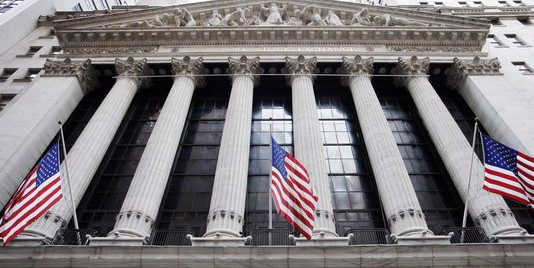Panic isn’t pretty, and that’s what we saw this morning, as investors around the world tried to cut their loses, which only exacerbates a sell off. But is this temporary or part of a trend that could last for month or years?
Videos by Rare
There are reasons to be optimistic that things will turn around soon, but there are also some red flags.
August is the second worst month for the market. Since 1950, the market for the month of August has been up 37 years and down 28, with an average return of -0.18 percent. The only worse month is September—which may not make you feel much better since it’s the next one up.
But the point is that the August is often a down month for the market, even when the market does well for the year.
It was way past time for a correction. As much as we would like the market to progress steadily upward, it doesn’t. He readjusts, and that’s likely what’s happening right now.
The last time we hit a bump like this was in August and September of 2011; but by October the Dow had gained back half of its loses, and within three months it was hitting a new high. We don’t know if the current drop will be short-lived, but the relatively quick bounce back from 1000-point drop suggests investors were being reactive rather than reflective.
There are some ominous signs. So while there are reasons to believe this stock market dive will be temporary, there are some ominous signs. One of the factors that has been little discussed is that the Conference Board, which publishes its monthly Index of Leading Economic Indicators, released its August assessment last week, finding the LEI declined -0.2 percent, after more than six years of mostly positive gains.
That is important because the LEI may be the best leading predictor of a coming recession. But in this case the Conference Board tried to downplay the negative report: “The U.S. LEI fell slightly in July, after four months of strong gains. Despite a sharp drop in housing permits, the U.S. LEI is still pointing to moderate economic growth through the remainder of the year. ”
There isn’t much reason to think the U.S. is going into a recession; the economy continues to improve, albeit modestly. But the LEI report should put everyone on their guard.
The communists are still the problem. Several factors came together to create the panic, but it was China leading the way.
Communists don’t believe in freedom, human or economic, and so they try to micromanage both. And that’s what they were doing with their stock market. The government was urging people to jump in, and millions did, creating a bubble that burst.
Instead of letting the market correct itself, the government tried to stop people from selling their stocks, pumped money into the economy and even tried to buy up stock to stop the fall. But those actions only created more fear, exacerbating the selling. And, of course, that fear got wings and spread to other countries.
It’s a hard lesson for the Chinese communists, that they can’t always control markets, and an expensive lesson for everyone else.
No one knows if these market gyrations indicate a global slowdown or just getting an overdue correction out of its system. My guess is the latter.
The good news is that the fourth quarter is usually the market’s best time. But we have to get through the rest of August and September before we know for sure.



